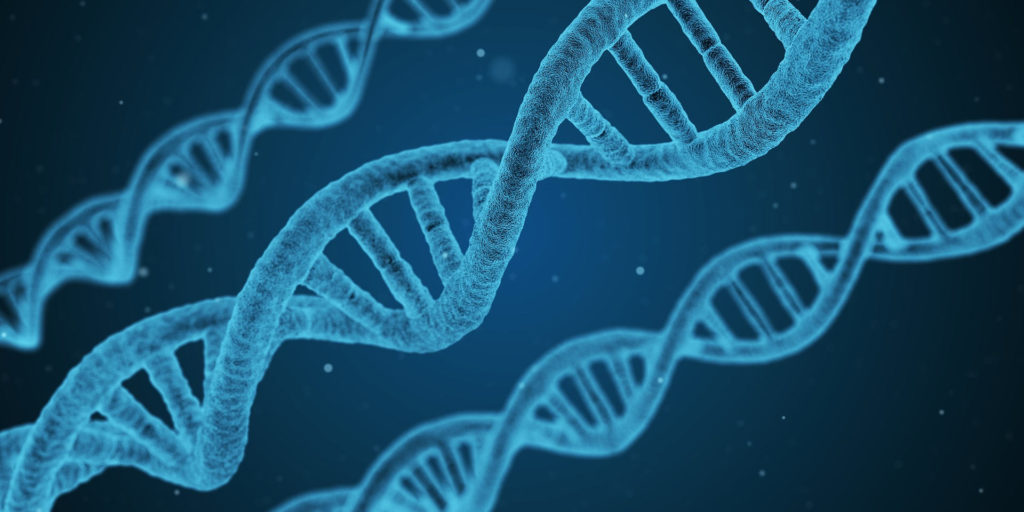It was around 6 months ago that a Chinese scientist announced the first gene edited baby – they have edited genes and created an HIV resistance baby. They used a technology known as CRISPR, which enables you to edit genes on the go. The whole world went crazy over this. On one side, people were happy and said this is a future where we can cure cancer and we can edit our genome to whoever we wanted to. On the other side, people panicked and said they didn’t know the side effects; we need to know more.
To keep you awake at night, CRISPR is cheap, and relatively easy. It’s so cheap and easy to obtain, your teenager may be able to genetically change his/her own eye colour in your basement, in their pyjamas, right now. We need more regulation and I plan to write an article about it later.
Scientists have revealed that people who have 2 of the resistance gene will be probably dead at the age of 67. People with none or one will probably live longer. This might be a good proof that we need to know more before jump into some things.
I have personally worked in a genetic engineering facility and later in a GMO detection/organic certificate issuer lab. In that term, I seem to be like a double agent who has seen on both sides of the story, and to be honest, both sides are correct.

What was amazing for me was the fact that when you modify genes on a plant, as long as you keep the selection pressure (which is usually a molecule that slows down or kills none GMO plants) they are obligated in keeping the foreign genes inside and by the time there is no pressure after some generation the introduced gene will be knocked out by itself if it does not provide better fitness under current circumstances.
Technology, in fact, is a double-edged sword. While there are benefits that no one can deny, there are some aspects that we need to be careful before jumping in. please share your thought
Source:
University of California – Berkeley. “CRISPR baby mutation significantly increases mortality: Two copies of mutated CCR5 gene associated with lower survivability.” ScienceDaily. ScienceDaily, 3 June 2019.
